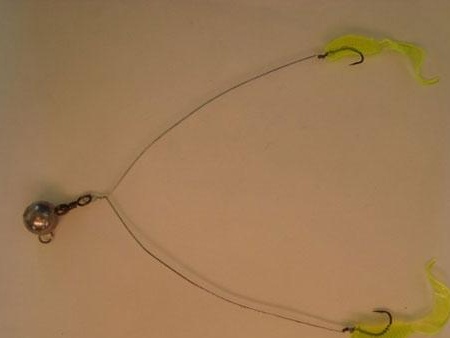
A bait based on two jig heads, designed to catch flocks of perch. It is a kind of rocker, on each of which two jig heads are attached. The game of two lures at once attracts perch quite strongly. It is possible that with an active bite, two predators will fall into such a tackle at once.
The most important thing in such a bait is the hooks, you do not need to spare money on them. They should be small, thin and very sharp.
The bait has an arc shape, in connection with this, the probability of a hook for underwater obstacles is extremely small. Depending on the weight of the gear, you can catch various depths, including the bottom. Any wiring can be used, it can be either a fit, or a uniform move. In addition, you can also use jig wiring, but you should be careful, since the hooks will fall to the bottom and you can catch on something.
Tools and materials
- eared sinker;
- small and inexpensive twisters;
- a piece of wire;
- hooks of the required size;
- pliers.
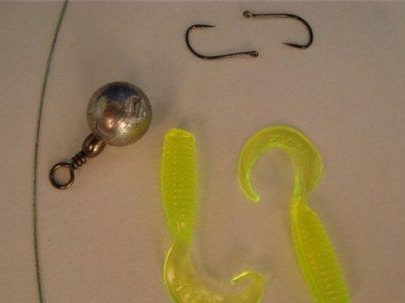
The process of making bait
Stage 1. Putting together the foundation
You need to take a piece of wire, it should not be too soft and at the same time should be thin. The size of the gear can be any, here every fisherman chooses at his discretion. The wire needs to be folded in half, this is done to determine the middle of the future gear. A loop is made in the center and an eared sinker starts into it. You can also install a winding ring here, this will allow you to easily change the sinkers.
After this, the loop needs to be twisted several times to fix the sinker on the wire so that it does not walk.
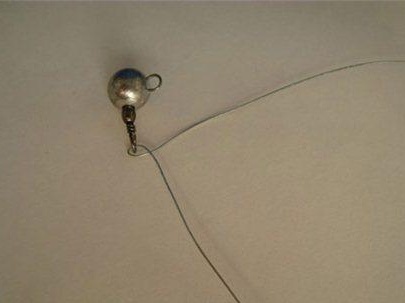
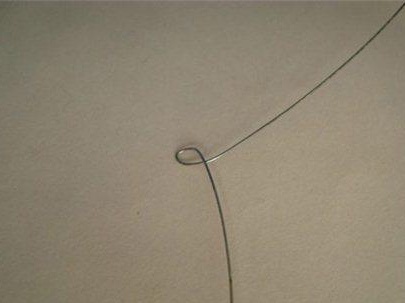
Stage 2. We establish hooks
The wire must be passed through the ear of the hook to form a tip with a length of 15-20 mm. After that, you need to evenly wrap the wire around the hook. The wire should lie flat, the remaining sharp end must be finally bent using pliers. Thus, the installation of two hooks.
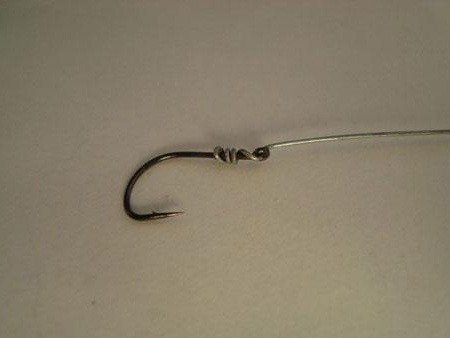
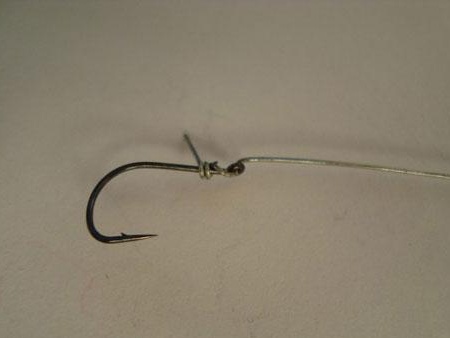
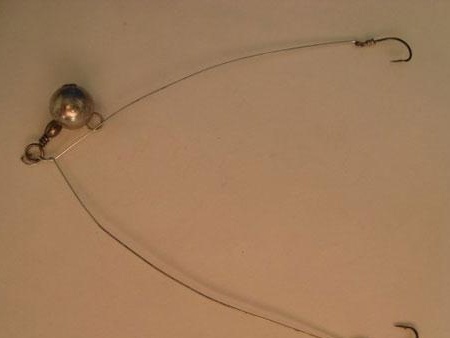
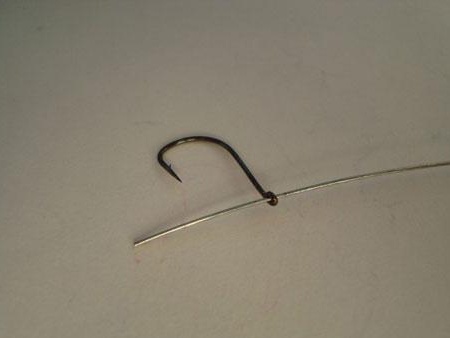
The ideal option is when the hooks are symmetrically relative to each other.The author also recommends installing hooks so that their stings do not stick out in different directions. Hooks and wire should be in the same plane.
Stage 3. Installation of twisters
Immediately after the jig heads are installed, you can begin the process of testing gear. You can hold the bait on top of the water and see how it will behave.
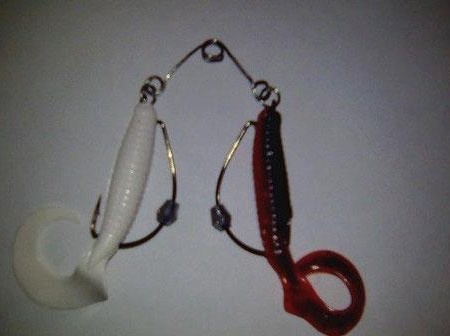
The disadvantage of this tackle is that during active biting or fishing in hard-to-reach places it will be necessary to level the wire from time to time and bring the tackle in its original form. But it's all worth it, because it gives excellent results when fishing. In addition, such tackle is cheap and easy to assemble. You can conduct various experiments with twisters and long wires, thereby inventing an increasingly catchy tackle.
